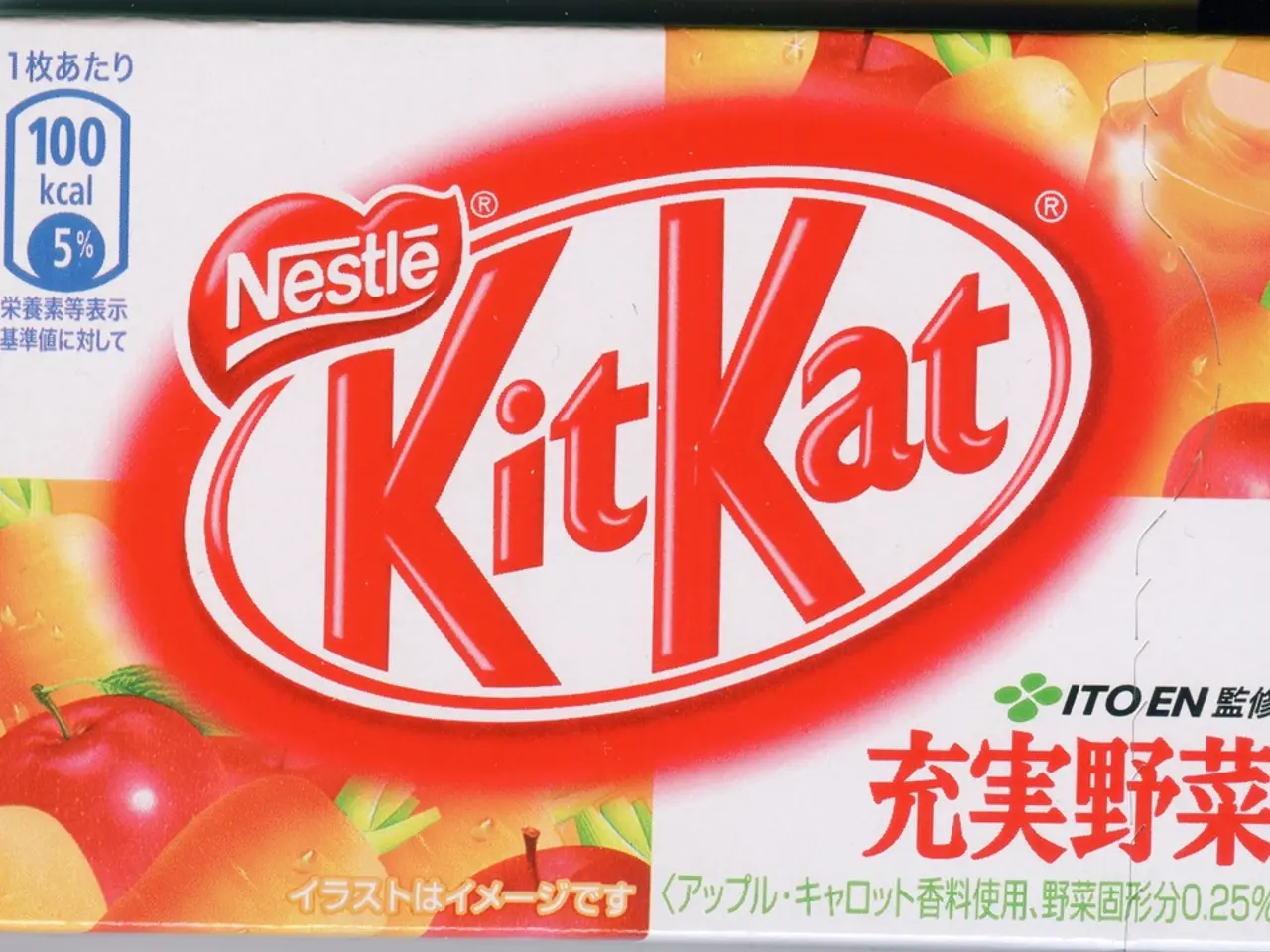Wilderness Feasting in Alaska-Yukon: An Guide to the 5000-Calorie High-Fat Survival diet
Andrew Skurka, an experienced adventurer currently embarking on a 4,720-mile trip through Alaska and the Yukon, has a unique approach to food for his long-distance outdoor adventures. His diet strategy focuses on calorie-dense, lightweight, and easy-to-prepare foods.
Skurka prioritises calorie density to carry less weight while meeting high energy demands. He chooses high-calorie items like peanut butter, trail mix, nuts, cheese, and olive oil to maximise energy intake while minimising carried food weight. A typical favourite meal he uses is beans and rice with Fritos and cheese, a recipe he consistently relies on for its nutrition, simplicity, and pleasing taste on the trail.
The key aspects of his approach include prioritising calorie density, preparing simple, satisfying meals, and using versatile ingredients that provide good fat, protein, and carbohydrate balance. These measures ensure sustained energy for strenuous hiking, aligning with general ultralight backpacking nutrition advice.
Skurka's breakfast consists of a meal bar and a granola bar. For a pre-dinner dessert, he opts for a snack to hold him over until dinner or as a final snack if necessary. His eating regimen is detailed in a table on his website.
Skurka's outdoor diet has been refined over years and more than 20,000 miles. To save money and improve food quality for longer trips, he shops at Sam's Club, Costco, Trader Joe's, Whole Foods, and discount grocers like Ocean State Job Lot. For shorter trips, he shops at King Soopers, Safeway, and Wal-Mart Supercenter.
Spatial efficiency is another consideration, as Skurka packs up to 1.5 weeks worth of food and needs it to be dense to fit properly. He prefers food that requires minimal preparation, as he wants to grab and eat while moving. Skurka snacks every 2 to 3 hours, with the frequency depending on trip intensity and length. He seeks food with a long shelf life, as he needs items that can last up to seven months.
Skurka aims for a diet that is interesting and diverse in taste and texture. His diet prioritises high caloric density, preferring foods like olive oil and peanut butter over fresh produce and tuna packets. He is cost-conscious when shopping for food, aiming to minimise expenses.
Specific food items Skurka is consuming can be found on his website. His trip spans eight national parks, two major mountain ranges, and some of North America's wildest rivers. Skurka's daily calorie intake during the trip is expected to average around 5,500 calories, which is more than the recommended 3,000 calories for trips less than 2 weeks.
Skurka's food considerations and diet strategies for long-distance outdoor adventures focus on balancing enjoyment, nutrition, and practicality to support long-distance hiking performance and comfort.
- Andrew Skurka's current expedition through Alaska and the Yukon, spanning 4,720 miles, follows a unique diet strategy for his long-distance outdoor adventures.
- Skurka prioritizes calorie-dense, lightweight, and easy-to-prepare foods, choosing items like peanut butter, trail mix, nuts, cheese, and olive oil.
- A typical favorite meal he uses is beans and rice with Fritos and cheese, a recipe he consistently relies on for its nutrition, simplicity, and pleasing taste on the trail.
- The key aspects of his approach include prioritizing calorie density, preparing simple, satisfying meals, and using versatile ingredients.
- Skurka's breakfast consists of a meal bar and a granola bar, and he snacks every 2 to 3 hours, with the frequency depending on trip intensity and length.
- Spatial efficiency is another consideration, as Skurka packs up to 1.5 weeks worth of food and needs it to be dense to fit properly.
- Skurka shops at Sam's Club, Costco, Trader Joe's, Whole Foods, and discount grocers like Ocean State Job Lot for longer trips, and at King Soopers, Safeway, and Wal-Mart Supercenter for shorter trips.
- For his outdoor diet, Skurka aims for a diet that is interesting and diverse in taste and texture, but he is cost-conscious when shopping for food.
- Specific food items he is consuming can be found on his website, and his trip spans eight national parks, two major mountain ranges, and some of North America's wildest rivers.




